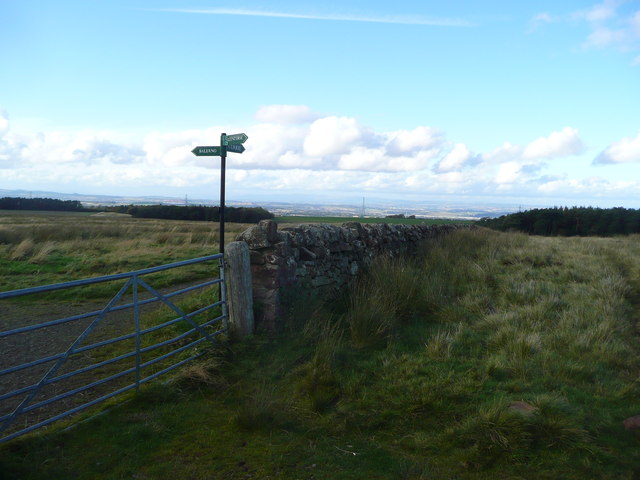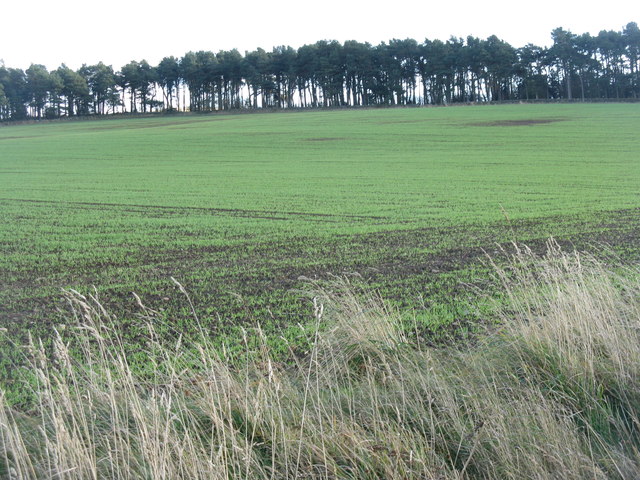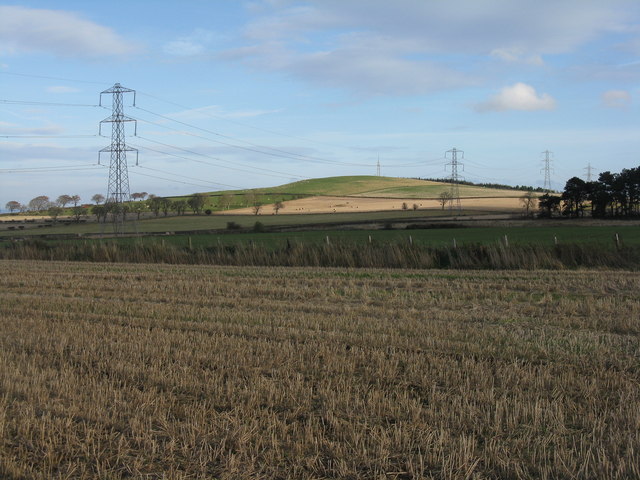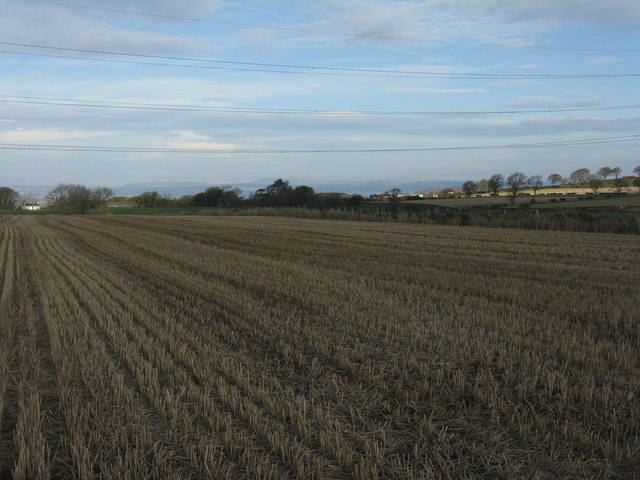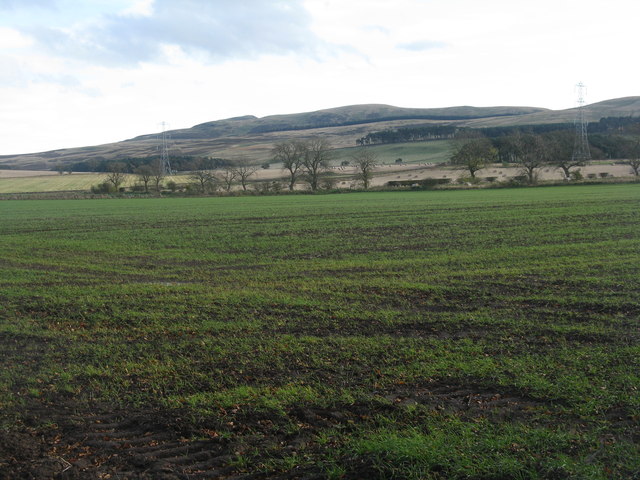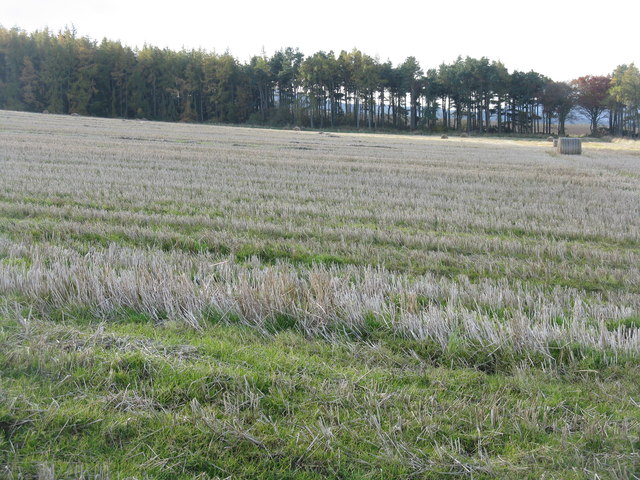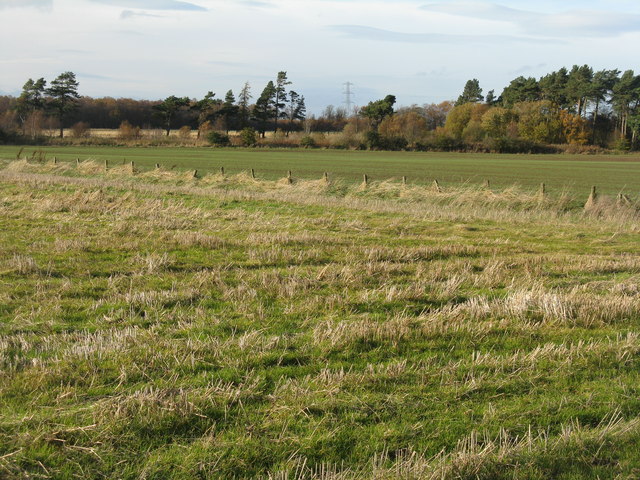Whiteside Plantations
Wood, Forest in Midlothian
Scotland
Whiteside Plantations
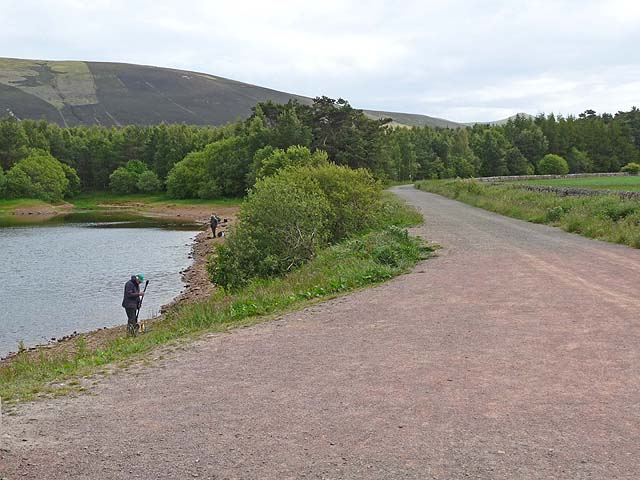
Whiteside Plantations is a stunning estate located in Midlothian, Scotland. Nestled amidst the picturesque woodlands and forests of the region, the plantation covers a vast area and is renowned for its natural beauty and rich history.
The plantation boasts a diverse range of flora and fauna, with ancient trees dominating the landscape. The forested areas are home to a variety of wildlife, including deer, foxes, and a wide array of bird species, making it a haven for nature enthusiasts and wildlife photographers.
The estate also features well-maintained walking trails that wind through the woodlands, offering visitors the chance to explore and immerse themselves in the tranquil surroundings. These paths provide an opportunity to witness the awe-inspiring beauty of the ancient trees and experience the calming ambiance of the forest.
Whiteside Plantations has a fascinating past, with historical records dating back centuries. The estate was once a thriving agricultural center, with crops such as barley and oats cultivated on its fertile lands. The remnants of the old farm buildings and stone walls still stand, serving as a testament to the area's agricultural heritage.
In recent years, the plantation has become a popular destination for outdoor activities, attracting hikers, cyclists, and nature lovers. Its accessibility and proximity to Midlothian make it an ideal spot for a day trip or a weekend getaway.
Whiteside Plantations in Midlothian is a place of natural beauty, offering visitors an opportunity to immerse themselves in the enchanting woodlands and forests of Scotland. Whether it's exploring the walking trails, observing wildlife, or simply enjoying the serene surroundings, this plantation is a must-visit destination for nature enthusiasts and history buffs alike.
If you have any feedback on the listing, please let us know in the comments section below.
Whiteside Plantations Images
Images are sourced within 2km of 55.883215/-3.2896744 or Grid Reference NT1966. Thanks to Geograph Open Source API. All images are credited.


![Winter wheat in the Pentland Hills A recently sown field where once there would only have been rough pasture. New cultivars allow winter cereals to be grown in quite severe conditions. This crop is not yet germinating, and there is evidence of erosion from rain run-off in the foreground. The long low hills in the distance are West and East Cairn Hills [10km to the southwest], the one on the left is Hare Hill, much nearer at 4km.](https://s0.geograph.org.uk/geophotos/02/67/63/2676348_944a7245.jpg)
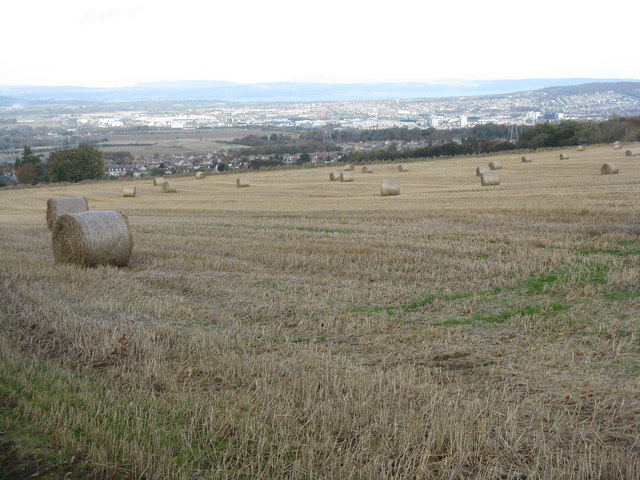
Whiteside Plantations is located at Grid Ref: NT1966 (Lat: 55.883215, Lng: -3.2896744)
Unitary Authority: City of Edinburgh
Police Authority: Edinburgh
What 3 Words
///poems.fish.sugar. Near Currie, Edinburgh
Nearby Locations
Related Wikis
Edinburgh South West (UK Parliament constituency)
Edinburgh South West is a Scottish constituency of the House of Commons of the Parliament of the United Kingdom, first used at the 2005 UK general election...
Currie
Currie (Scottish Gaelic: Currach, IPA:[ˈkʰuːᵲəx]) is a village and suburb on the outskirts of Edinburgh, Scotland, situated 7 miles (11 kilometres) south...
Currie railway station
Currie railway station was opened in 1874 and served the area of the village of Currie that now forms part of the city of Edinburgh. Although primarily...
Torphin
Torphin ( tor-FIN) is a small area in the south-west of Edinburgh, Scotland, with its name deriving from the nearby Torphin Hill. It lies just south of...
Nearby Amenities
Located within 500m of 55.883215,-3.2896744Have you been to Whiteside Plantations?
Leave your review of Whiteside Plantations below (or comments, questions and feedback).



